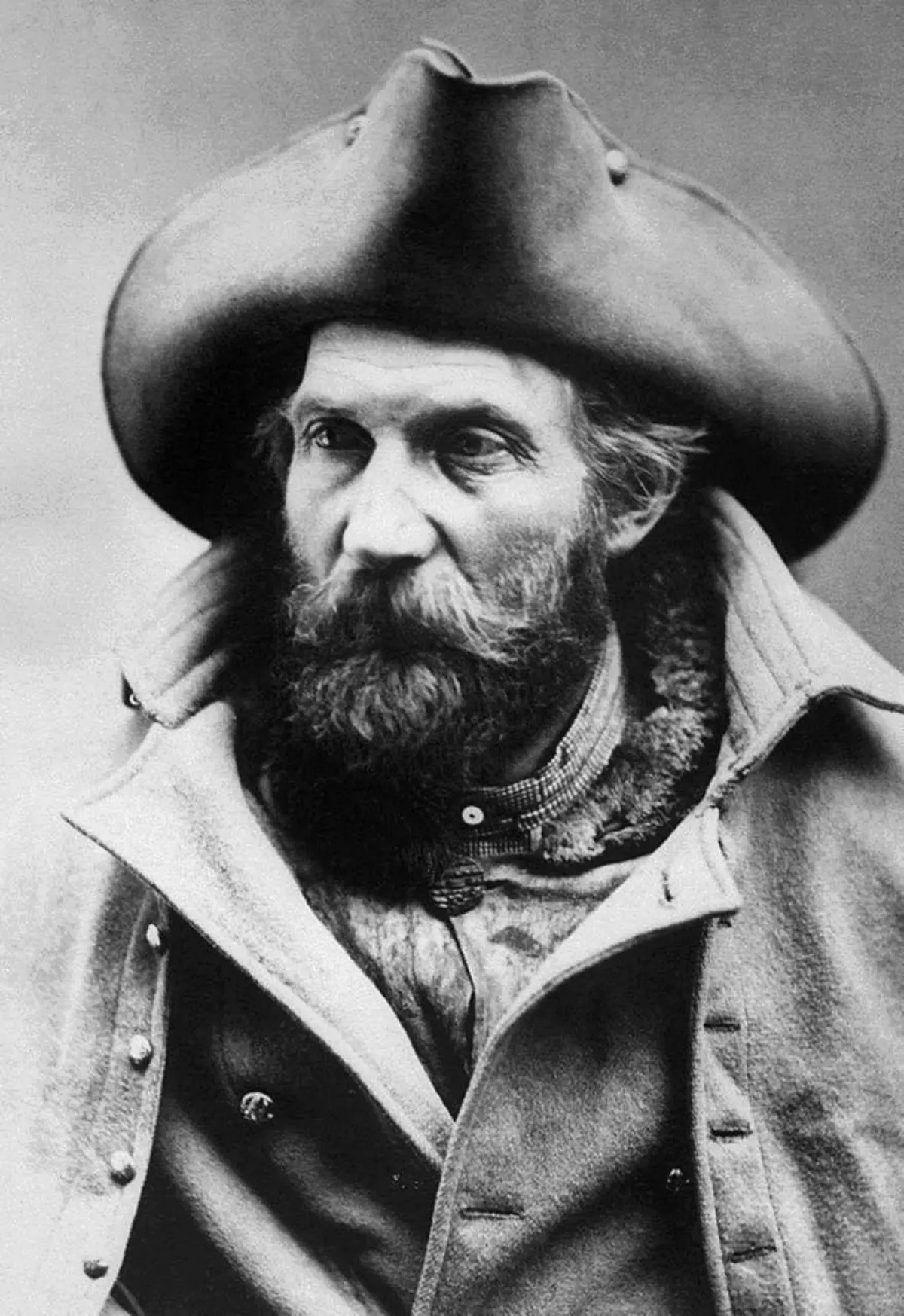 1.
1. Harry S Yount was an American Civil War soldier, mountain man, professional hunter and trapper, prospector, wilderness guide and packer, seasonal employee of the United States Department of the Interior, and the first game warden in Yellowstone National Park.